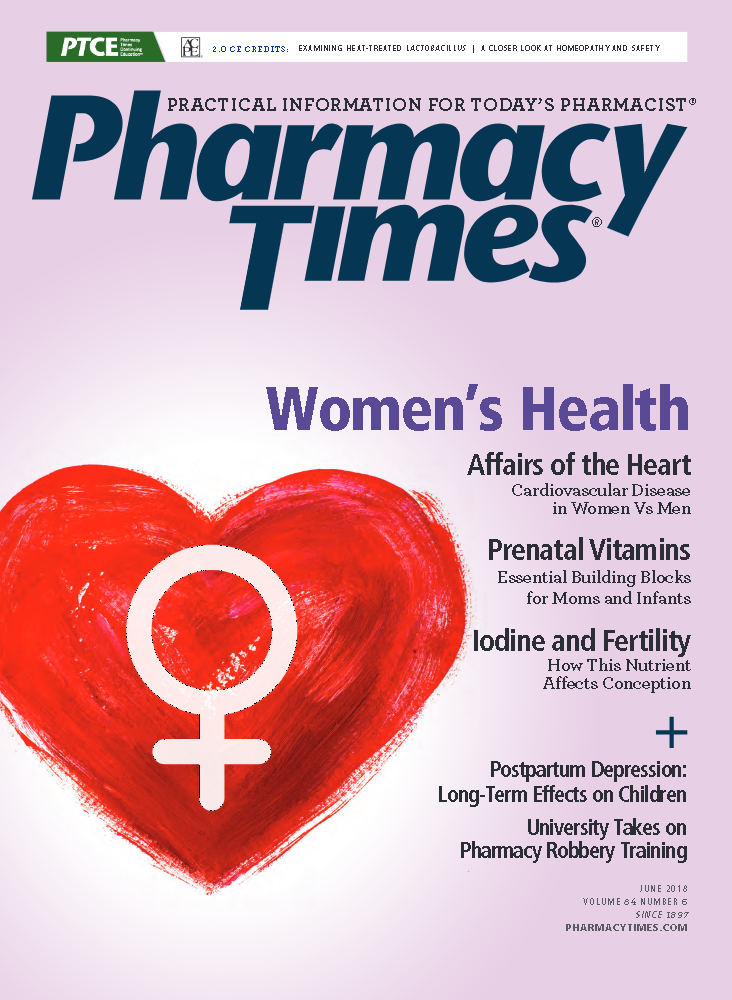Publication
Article
Pharmacy Times
Ohio State University Takes on Pharmacy Robbery Training
Author(s):
When instructing anyone about what to do during a pharmacy robbery, the most crucial point is that those involved should aim to get themselves, their coworkers, and their customers through the situation unhurt.
I recently read an article about the Ohio State University (OSU) College of Pharmacy’s program on pharmacy robbery, a crime that takes place all too often. I had never before heard of a school of pharmacy offering this kind of program, one that could help future pharmacists and their customers survive such an event.
It seemed a fitting time to offer such a program, given the untimely death in February of Ken Fagerman, RPh, who wrote the book Staring Down the Barrel (Authorhouse, 2013) after his pharmacy was robbed years ago. He was a friend of mine, and worked tirelessly to try to reduce pharmacy robberies. I know that if Ken was still alive, he would have approved of the OSU program and been a great speaker.
Pharmacy robberies are quite serious. Any armed robbery is a potential homicide. Although I have done presentations on pharmacy robbery to a variety of pharmacy organizations, it is refreshing to see college students getting an education on a subject that could very well save their lives, and the lives of their customers. I do not know all of the details of the training that these students received, but I do know that students engaged in role-playing, and I assume they then assessed their decisions after the mock robberies.
Some might think this type of training is better left to corporate pharmacy security folks rather than a class at a university. Yet many of these students are already either pharmacy interns or technicians, potentially facing robbery situations. In addition, many will work for independent pharmacies that will not have the luxury of corporate security teams.
When instructing anyone about what to do during a pharmacy robbery, the most crucial point is that those involved should aim to get themselves, their coworkers, and their customers through the situation unhurt. Pharmacy employees should cooperate with an armed robber, hand over the drugs being sought, and then get the offender out as quickly as possible. The longer the perpetrator stays in the pharmacy, the greater the possibility that a tragedy will occur.
Another important thing for pharmacy employees is to take note of the suspect’s appearance, including clothing and facial features. Noticing the direction and method of escape is also crucial for those who can ascertain this information without putting themselves in physical danger. Whoever places the 911 call after the robbery should be prepared to convey this information.
I hope that OSU’s training session includes members of local law enforcement. Working with these folks is a must for providing sound training tips on what to do when a pharmacy robbery happens. The training is compliant with Drug Enforcement Administration regulations, which makes sense when reporting the loss of controlled substances, but local law enforcement members deal with the nuts and bolts of these crimes every day. They can provide students with the best perspective on safety and advice about helping to catch the perpetrator.
Kudos to OSU. I would strongly suggest that other universities with pharmacy schools follow suit, and provide students with these practical skills. Meanwhile, independent pharmacies, which do not have corporate security, should consider joining together to provide training for their employees on this topic. Teaching future pharmacists about what and what not to do if a pharmacy robbery occurs in a store just might be lifesaving training.
Cmdr. John Burke is a 40-year veteran of law enforcement, the past president of the National Association of Drug Diversion Investigators, and the president and cofounder of the International Health Facility Diversion Association. He can be reached by email at [email protected] or via rxdiversion.com.

Newsletter
Stay informed on drug updates, treatment guidelines, and pharmacy practice trends—subscribe to Pharmacy Times for weekly clinical insights.






